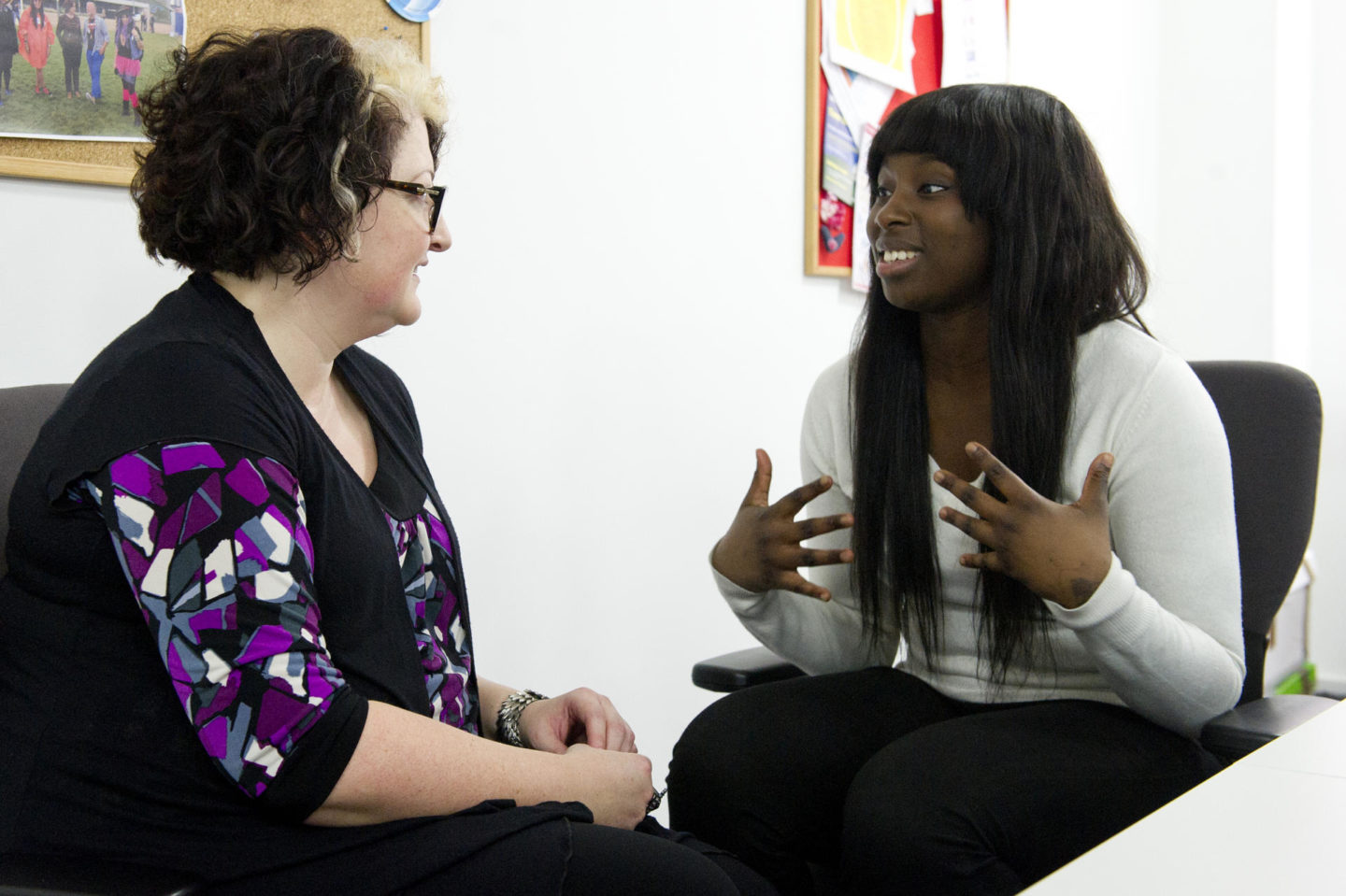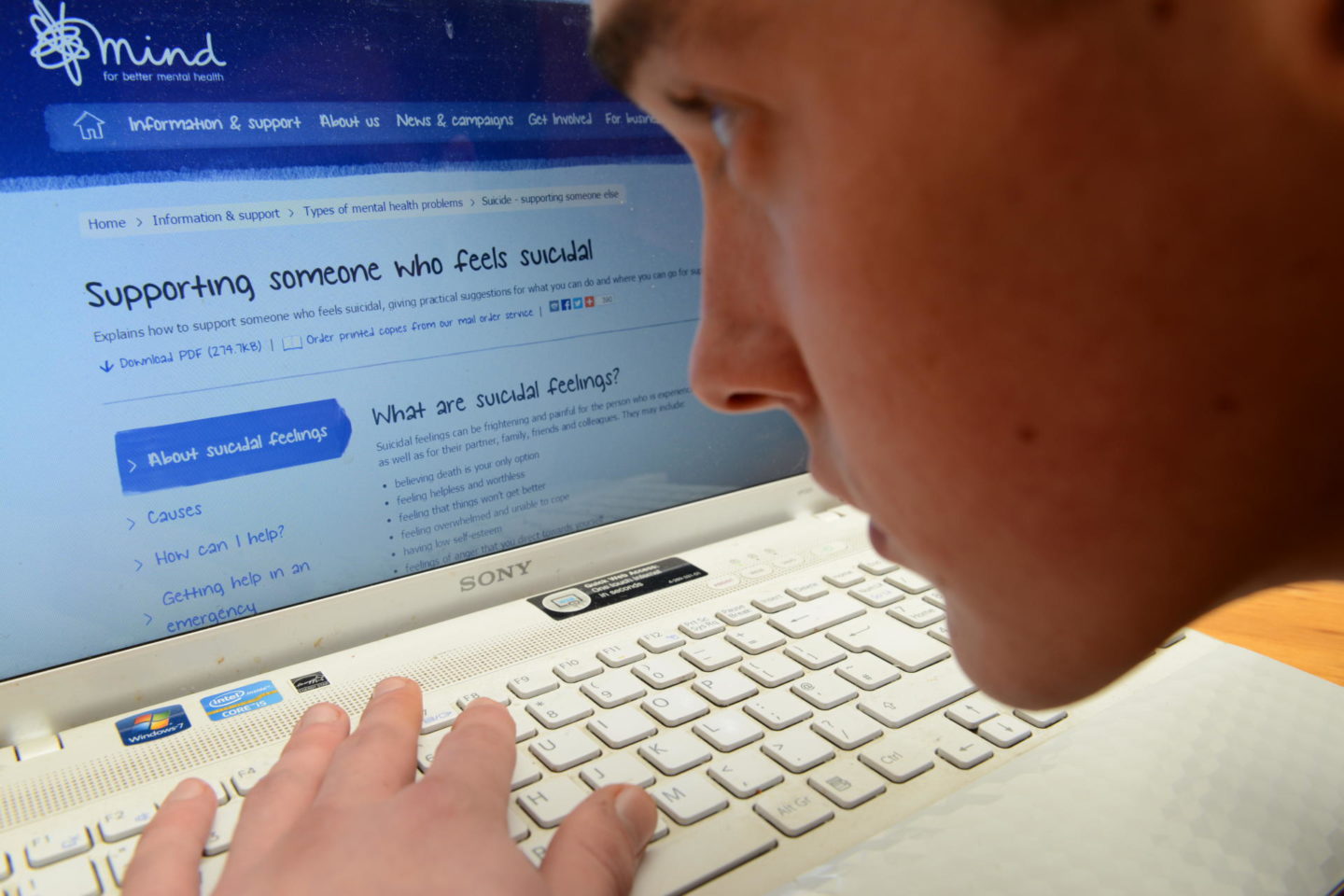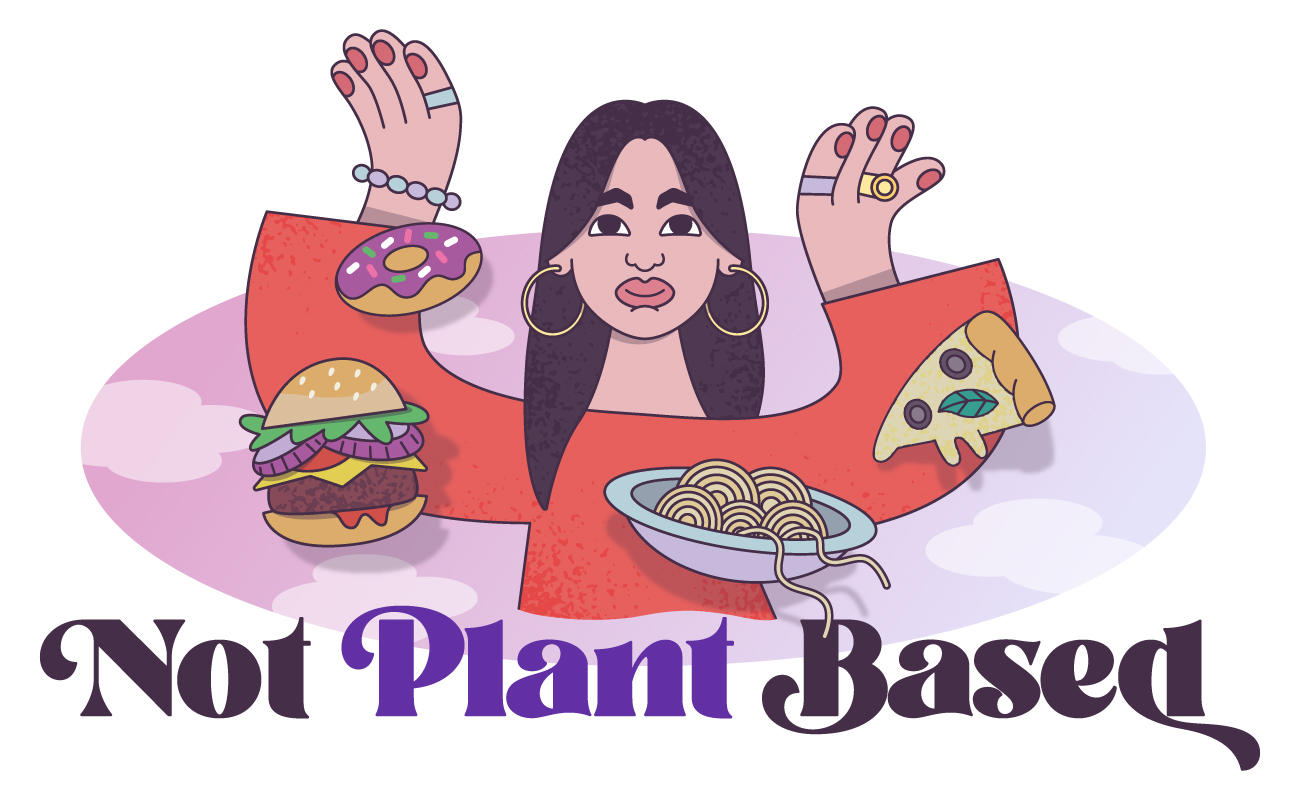
The first time I had any type of ‘therapy’, I was an anxious 15-year-old and was sent by my liberal, emotionally-in tune mother to my local CAMS (children and adolescent mental health services) for a few rounds of CBT. Several hours of discussing the “emotional and behavioural cycle” later, I was a little less anxious, but mainly more angry at my luck of the draw in the brain department.
The anxious kid became an even more anxious teenager (see below) and then…well, I had sex, and the word ‘anxiety’ took on a WHOLE new meaning. Suffice to say, the fear has always hung around eerily and 85 per-cent of the time, my mind is on amber alert for some kind of impeding doom. Hey – at least I’m prepared, right?
 But why am I STILL anxious? I’m one of the lucky, few mental health patients to have benefited from the NHS recommended treatment for anxiety and depression – CBT. According to The Economist, two years ago CBT, or Cognitive Behavioural Therapy courses accounted for 43 per-cent of all psychological therapy courses in the UK – with around 6,000 + new therapists trained in the past eight years. Based on cognitive behavioural and problem solving therapies, CBT alters your thinking patterns, in the hope of producing behavioural changes. A recent Oxford University study found that CBT was more effective at reducing incidences of self-harm than alternative talking therapies. What’s more – it’s practical, too.
But why am I STILL anxious? I’m one of the lucky, few mental health patients to have benefited from the NHS recommended treatment for anxiety and depression – CBT. According to The Economist, two years ago CBT, or Cognitive Behavioural Therapy courses accounted for 43 per-cent of all psychological therapy courses in the UK – with around 6,000 + new therapists trained in the past eight years. Based on cognitive behavioural and problem solving therapies, CBT alters your thinking patterns, in the hope of producing behavioural changes. A recent Oxford University study found that CBT was more effective at reducing incidences of self-harm than alternative talking therapies. What’s more – it’s practical, too.
Studies conducted in the late ’90s and early ’00s found that spells of CBT therapies got patients back into employment quicker than the traditional and intensive psycho-dynamic approach – results are seen quickly, with many patients sighting vast improvements after just ten one-hour sessions.
So why didn’t it work for me?
There’s no simple or logical answer to the above question. However, some have criticised CBT methods for targeting symptoms, rather than the underlying problems. Probably because, for some, the underlying problems require a pickaxe, bullet-proof vest and a shit load of psychotherapy fees to uncover.
Annoyingly, it took a more severe mental illness to expose me to all sorts of weird and wonderful therapies. But at least it means I can now impart such wisdom to you fine people…
DBT (Dialectical Behavioural Therapy)
Developed by Professor of Psychiatry and Behavioural Sciences at the University of Washington, Marsha Lineham, DBT uses Cognitive Behavioural Therapy techniques to tackle difficult or unhelpful behaviours. According to Mental Health charity, MIND, CBT methods have been adapted within this therapy for those who experience emotions at an extreme intensity. Speaking from personal experience, it’s much more of a bespoke approach than that of CBT therapies. The therapist plays an active role in your treatment – forming an effective trust bond. Whereas CBT focuses on the ‘thought’ as the malleable aggressor, DBT places the focus on the resulting behaviour. It seems counter-intuitive, but apparently, if we behave differently than our default mode, the brain is sort of tricked into being alright with it. Or so I understand. DBT teaches you to accept you for who you are in your entirety, which is often the key to busting those bastard thoughts. This type of therapy can be effective for self-harm sufferers, those with suicidal tendencies and yep – you guessed it – eating problems.
CAT (Cognitive Analytic Therapy)
A little more intensive work than CBT and DBT but can be invaluable for those seeking to join the dots between the past and the present. Therapy sessions last approximately 50 minutes (on the NHS) and involve CBT and Psychodynamic techniques to acknowledge your current thought patterns in context of past experiences. Essentially, it will help you figure out why you have an aversion to popping more than one paracetamol (well, for me, anyway). It’s a very insightful therapy and can help you to learn a lot about yourself. The question is, however, how much do we really want to know? Ignorance is bliss, right? That’s where the CBT elements work their magic…supposedly.
 Family Therapy
Family Therapy
Family therapy is often recommended for those seeking treatment for eating disorders, but it’s definitely worth considering for other mental health issues too. When family therapy was first suggested to me, my instant reaction was; “but my mum never hit me or told me I was fat”. To my surprise, this was not a pre-requisite to qualify for NHS family therapy – it’s actually for anyone. Well, if you have a diagnosis of a mental health condition you are able to request referral to a family therapist, otherwise, there are private specialists available. MIND state that family therapy involves various different types of talking therapeutic techniques, all designed to do pretty much what is says on the tin: Get you to TALK. Even for the most comfortable of families (hell, my mum and I have discussed several of my sexual encounters at great length), it can be life-changing. At the risk of sounding disgustingly cliche, family therapy is like uncovering forgotten – but familiar – dusty corners in your family house. It’s sometimes painful and sometimes comfortingly nostalgic, but you’re in the safest of places, so it feels kinda nice. Also, learning about your parents as people can be one of the most illuminating, and also terrifying, experiences in life, but once it’s out in the open, there’s nothing to be scared of.
Psychoanalytic Therapy
The basis of most Psychodynamic therapies. There is little difference between Psychodynamic and Psychoanalytic therapies, although one can often be more intensive – with more frequent sessions – than the other. Details vary from therapist to therapist but the gist is the same – unpicking your past experiences to help you improve the future. You know the classic shrink scenes where the blondie drapes her perfectly crinkled locks over the crushed velvet chez-lounge? Well, this is the closest you’ll get to that – although it will probably be in a stuffy box room with broken air conditioning and mouldy walls. Patients can be referred for a number of conditions – namely depression, anxiety and Borderline Personality Disorder, as well as relationship difficulties. Some swear by it, others view the drawbacks similarly to that of CAT. It’s all very well uncovering the demons picking away at our subconscious, but what the hell are you supposed to do with them now? A series of NHS sessions can last up to 18 months, but some continue treatment privately for many years of their life. It’s labour intensive, emotional and you most importantly, you have to be ready for it. If you’re moving house, preparing for a holiday or struggling to find a job, it’s probably not the best time.
 Mindfulness Therapies
Mindfulness Therapies
An in-depth mindfulness explainer is coming soon to NOT PLANT BASED, but for the meantime, hear this: MINDFULNESS IS NOT PSYCHOBABBLE BOLLOCKS. Seriously, it does actually work – if you give it a chance to. The first time I was ever exposed to a ‘mindful activity’, I was sat in a room with a load of (much more severe) eating disorder patients and was instructed to finger a piece of stationary in order to “explore objects mindfully”‘. I picked a pencil sharpener, tried not to laugh during the exercise and responded, “what a load of shit” when the softly-spoken therapist asked, “how was that for you?”.
Not giving it great press so far, but hear me out. Just because one particular Mindfulness activity doesn’t cause you anything but extreme social awkwardness, it doesn’t mean that other variations won’t help you. Mindfulness is essentially the process of connecting with your environment and the moment in time, rather than the neuroses and faux realities that your sneaky mind makes up for you. The brainchild of Professor Jon Kabat-Zinn, Mindfulness based therapy began in the eighties and has since picked up somewhat of a cultish following. Zinn, the founding father, has written numerous scientific papers on the benefits of mindfulness practices and has even trained CEOS, members of the clergy and Olympic athletes to use Mindfulness strategies to cope with adversity. In simple terms, it’s a type of meditation, but with a psychologically scientific underpinning. The Mindfulness app, Headspace, has garnered 8.5 million users worldwide, in just four years. And there’s a reason. It’s easy to use, fits into your pocket (and your 20 minutes of dead train-journey time) and no one needs to know what the hell you’re doing. Plus, I see tonnes of people doing it on the train ALL the time. Whatever works, right?
ACT (Acceptance and Commitment Therapy)
You know when you’re stuck on a train on the way to work and you are spontaneously combusting at the sheer frustration of the situation? It sucks right? Now, think of the feeling when you make your peace with the fact that apart from smashing the train door open (and probably dying in the process), there’s literally nothing you can do. Pretty liberating. Essentially, that is what ACT is all about – accepting what you can’t control and committing to an alternative approach to situations, based on your core values.

The therapist spends a great deal of time getting to know you and learning what you consider important. A set of values, or long-term behavioural aims are decided, collaboratively, providing the basis for your ‘commitment’ practices. Mindfulness practices can we useful within ACT sessions, mostly to teach you methods of how best to commit to your chosen behavioural change. From depression, to anxiety, to the psychological dealing with a terminal illness, ACT is a useful option.
For more detailed information on any of these therapies, and to see if such treatment is available in your area, visit MIND‘s website.



